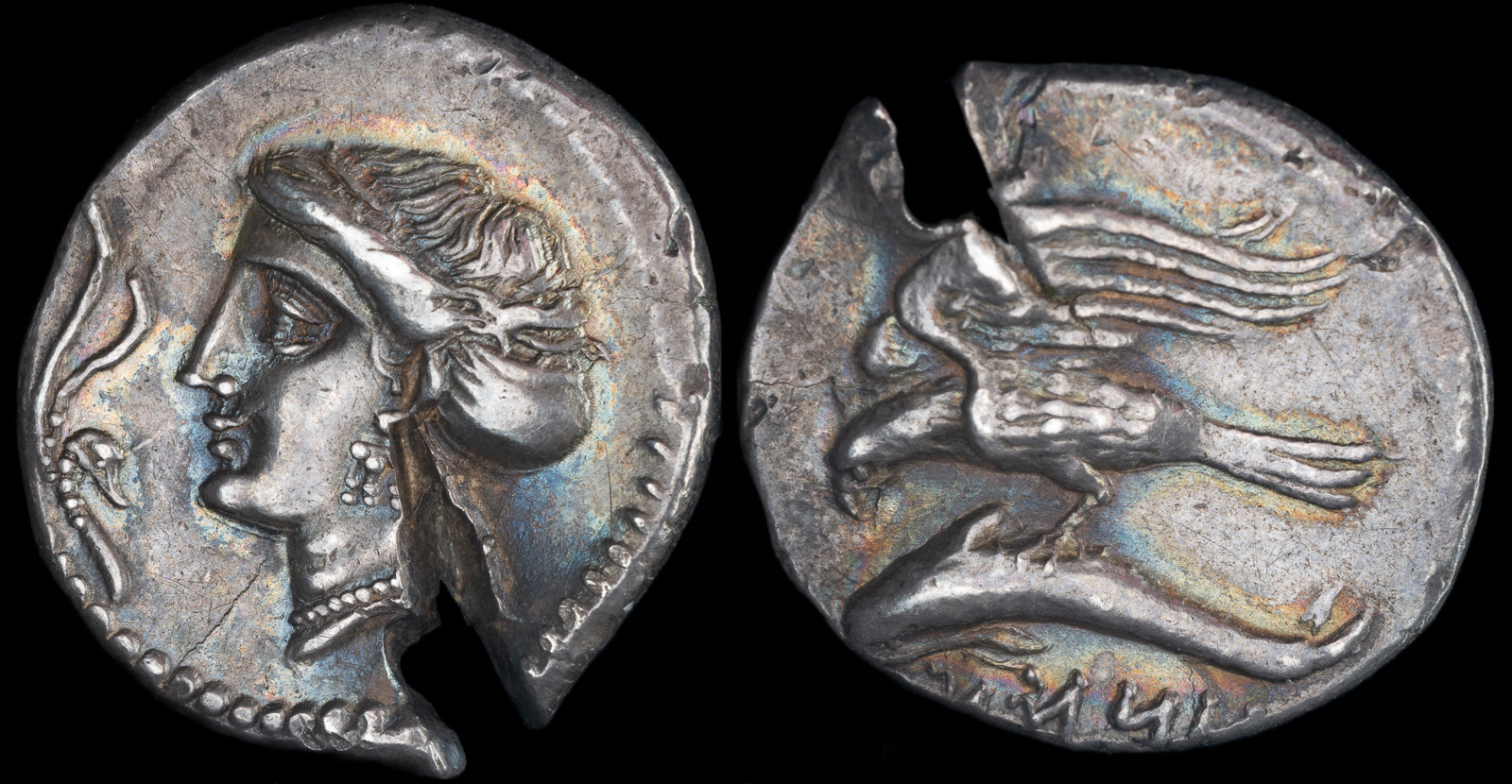Drachm
View All Tags
The drachm first appeared around the 6th century BCE, with the earliest examples of Greek coinage being minted by the Lydians in Asia Minor. The Athenian drachm became the most famous and widely circulated form of this currency, particularly from the 5th century BCE onward. It typically featured the head of Athena, the patron goddess of Athens, on one side, and the owl, symbolizing the city’s connection to wisdom and its cultural identity, on the reverse. The Athenian drachm became a standard in the ancient Mediterranean world, influencing the design and value of coins in other Greek city-states and even in distant regions under Greek influence, such as Egypt and Persia.
The drachm was often subdivided into smaller units, with the obol being the most common smaller denomination. Six obols equaled one drachm, and the combination of these units allowed for flexibility in everyday transactions, from simple purchases to larger commercial dealings. As a silver coin, the drachm was widely accepted in trade, and its value was consistent across much of the Greek-speaking world. Its widespread use made it a symbol of the economic strength of the Greek city-states and the growing network of trade that connected Greece with other ancient civilizations.
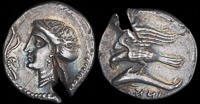
Abdasan, 360-330 BCE
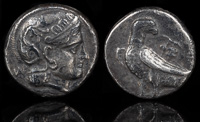
Andragoras 246-238 BCE
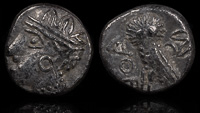
Arabia 5th-3rd centuries BCE

Archelaos 36 BCE – 17 CE
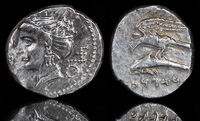
Ariarathes I 325 BCE
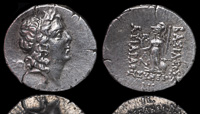
Ariarathes IX Eusebes 88/7 BCE
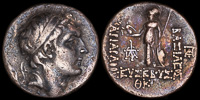
Ariarathes V 134/3 BCE
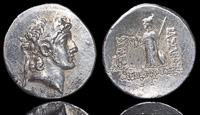
Ariarathes VI Epiphanes 118/7 BCE
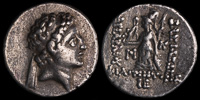
Ariarathes VII 104/3 BCE

Ariarathes X 42-36 BCE
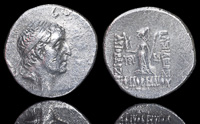
Ariobarzanes I Philoromaios 83/2 BCE

Ariobarzanes II 63-52 BCE
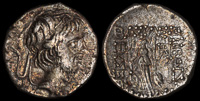
Ariobarzanes III 52-42 BCE
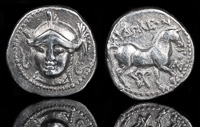
Audoleon 315-28 BCE
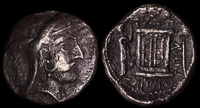
Bagadat of Persis 3rd century BCE

Bargylia, Caria 2nd-1st centuries BCE
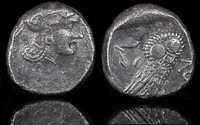
Batis of Gaza 353-333 BCE

Chalkis, Euboia 290-271 BCE
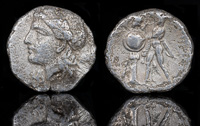
Dyonysios Herakleia Pontika 337-305 BCE
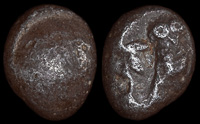
Edom 4th century BCE
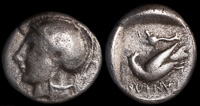
Itanos, Crete 320-280 BCE
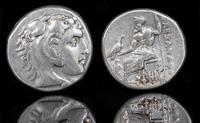
Kalas/Demarchos 325-323 BCE

Knidos, Caria 350-320 BCE

Larymna, Boeotia 171 BCE
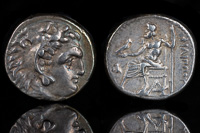
Philip III Arrhidaeos 331-321 BCE
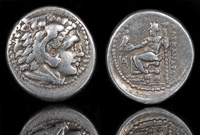
Philoxenos 325-323 BCE
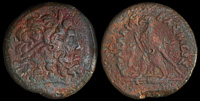
Ptolemy IV 222-204 BCE
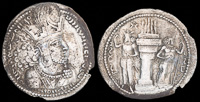
Shapur I 241-272 CE
